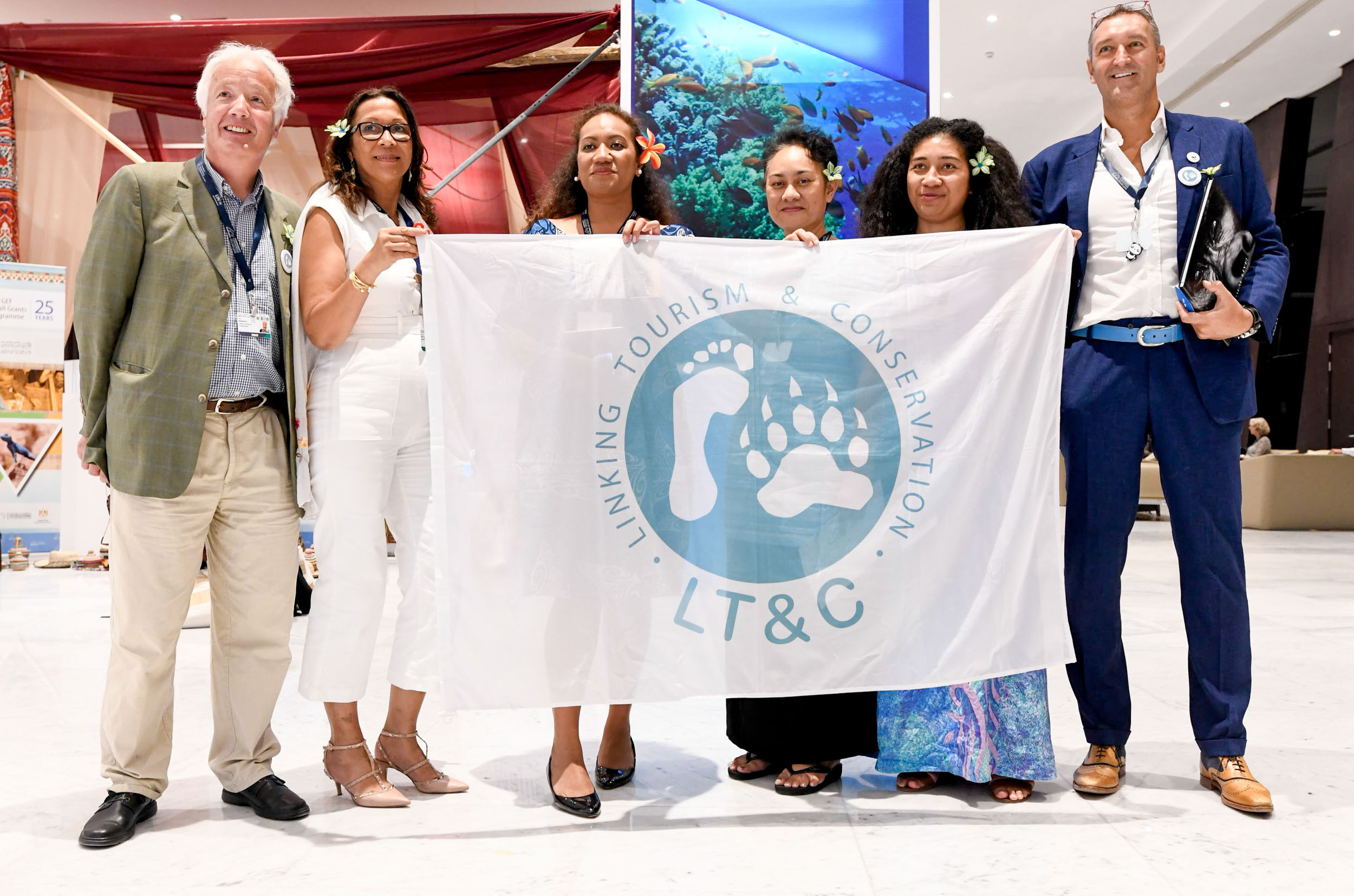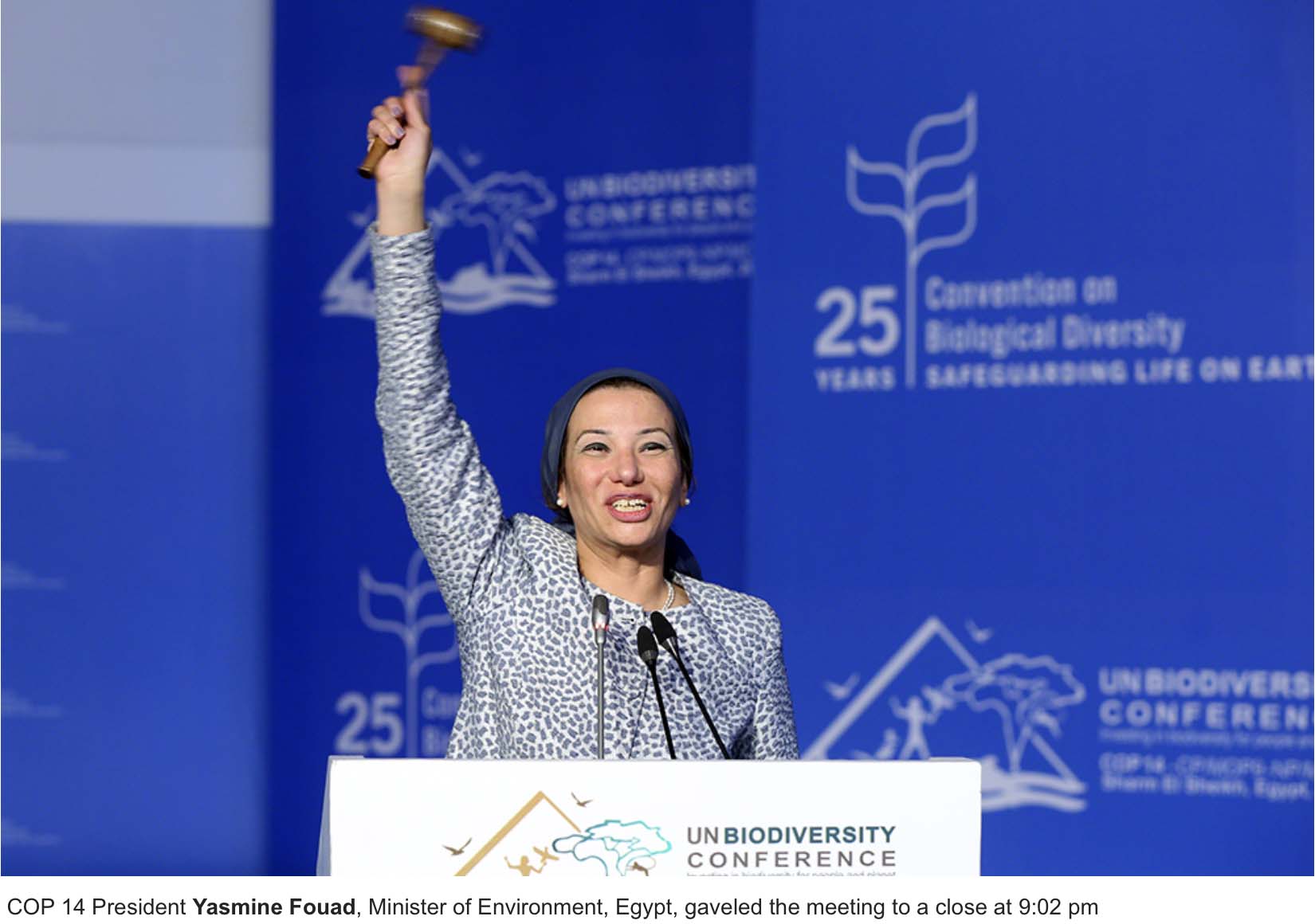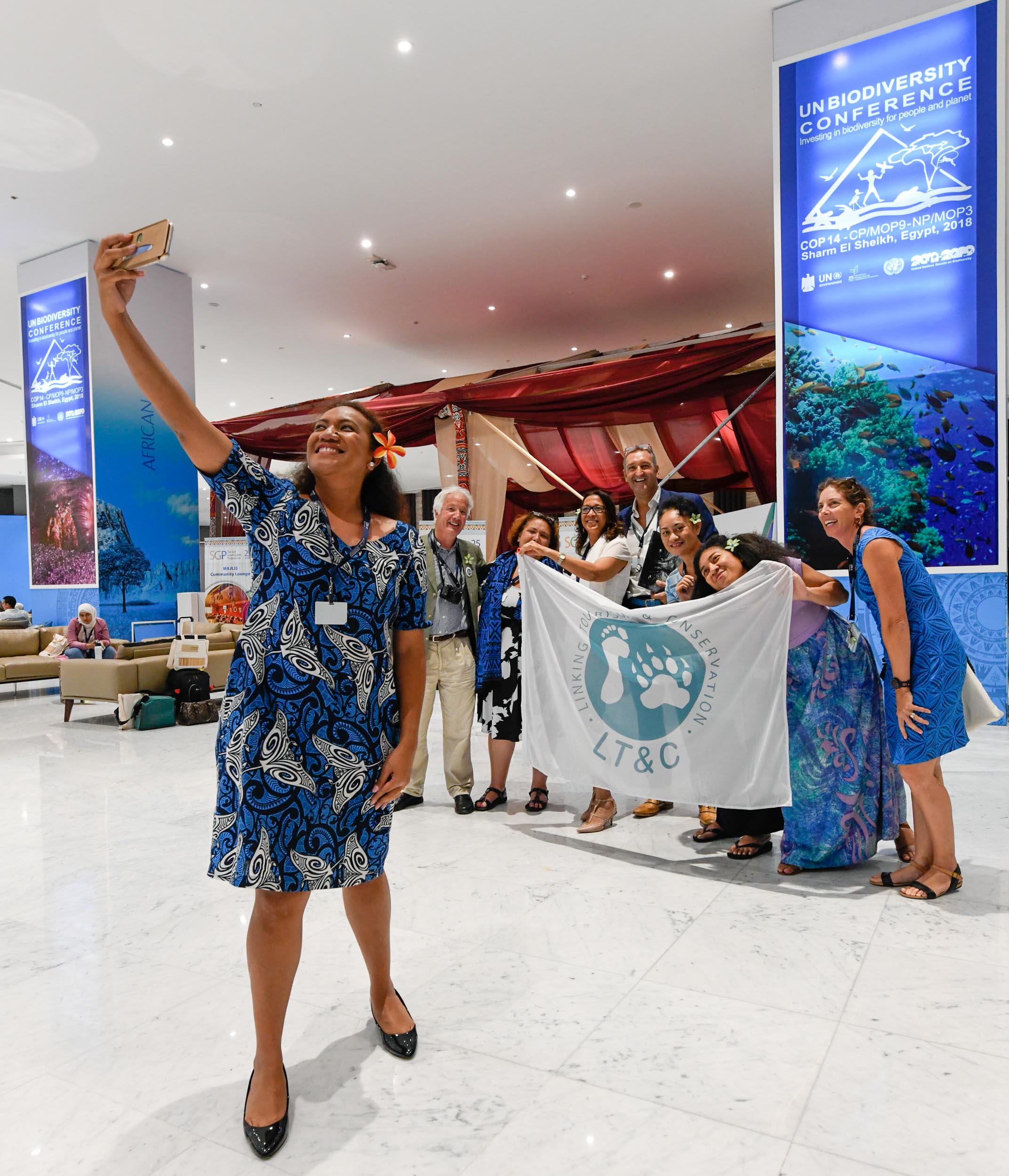
When last Thursday the Conference President Yasmine Fouad, Minister of Environment, Egypt, gaveled the two-weeks UN Biodiversity Summit (COP14) in Sharm e-Sheikh, she was sure “marvelous work was done”. According to IISD, also CBD Executive Secretary Cristiana Paşca Palmer outlined the successes of the meeting, including, among others: committing to an inclusive and flexible preparatory process for the post-2020 framework; calling for a UN decade on ecosystem restoration; and committing to the final “two-year sprint towards the Aichi finish line.” The new goals of the UN Convention on Biological Diversity (CBD) for the next decade will be decided on the 2020 Conference, to be held in Beijing, China. A summary of the UN Biodiversity Summit has been made available by IISD in their Earth Negotiations Bulletin.
LT&C was participating and involved in several side events relevant for our mission. As Linking Tourism & Conservation understands itself as a support organization of the CBD Aichi target 11, a complete, representative and well-managed global network of protected areas (10% of the oceans, and 17% of the land), the launch of the new Protected Planet Report was important for us. It provides the basic information how far we have come and how likely it is to reach this goal by 2020.
A highlight in our context was the presentation of the final version of the IUCN Guidelines on Tourism and Visitor Management in Protected Areas. Also the side event, publication and discussion of Privately Protected Areas also provided new ideas on how tourism can support the establishment or development of protected areas (create LT&C-Examples).
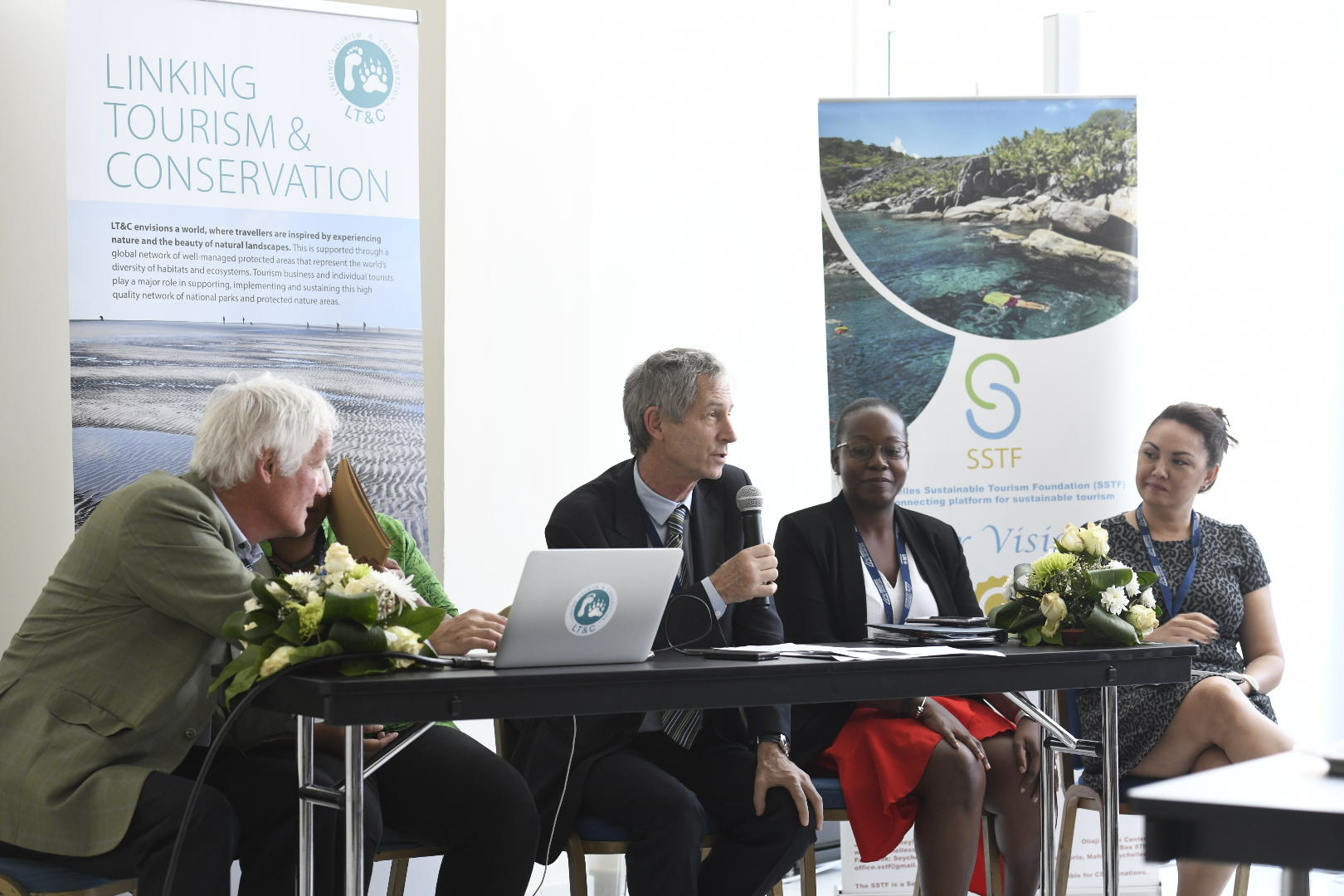
A success at least we can call the side event LT&C organized, where Island-States presented their examples of tourism supporting conservation of nature (see: Invitation Side Event COP14). Not only that Seychelles, Palau and Micronesia provided convincing initiatives worth to be soon published as new LT&C-Examples, also the interest of the participants was remarkable. Hardly anybody left the room filled till the last seat, and lively discussions could have gone much longer as time was provided. It will be interesting to see how the LT&C-Example of the Seychelles Sustainable Tourism Foundation (SSTF) will soon influence other island States. The engagement of Palau in new and well-managed marine protected areas could also be a case of inspiring others.
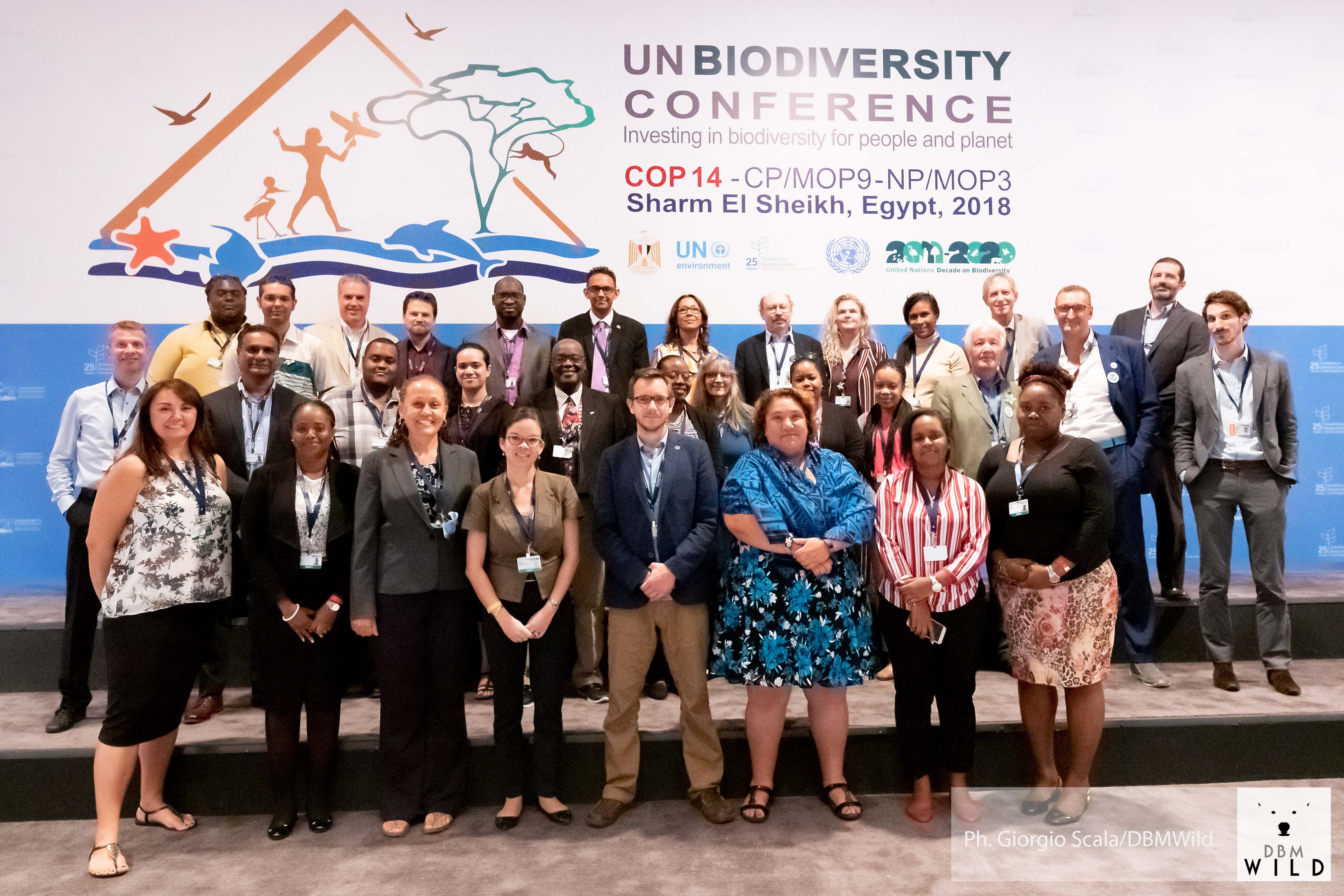
Also, other side events were focusing on island States, e.g. “Seychelles’ Protected Areas Finance Project“. Seychelles leads the way once more investing in biodiversity to support people and planet. The ambitious objective is to improve the financial sustainability and strategic cohesion of Seychelles protected area system, while also dealing with emerging threats and risks to biodiversity in a shifting national economic environment.

Events at the Rio Conventions Pavilion focused on support for the implementation of Protected Areas in the Post-2020 Global Biodiversity Framework (Post-2020 Framework) and the long-term strategy for capacity building that will be adopted at the 15th Conference of the Parties (COP15) to the CBD. Here took place the launch of the ‘Partnership for Achieving Aichi Biodiversity Target 11 with Attendant Multiple Benefits,’ a strengthened commitment to mobilize the global community around the implementation of Target 11. See also the personal note of Marie Fischborn, who leads PANORAMA Solutions.
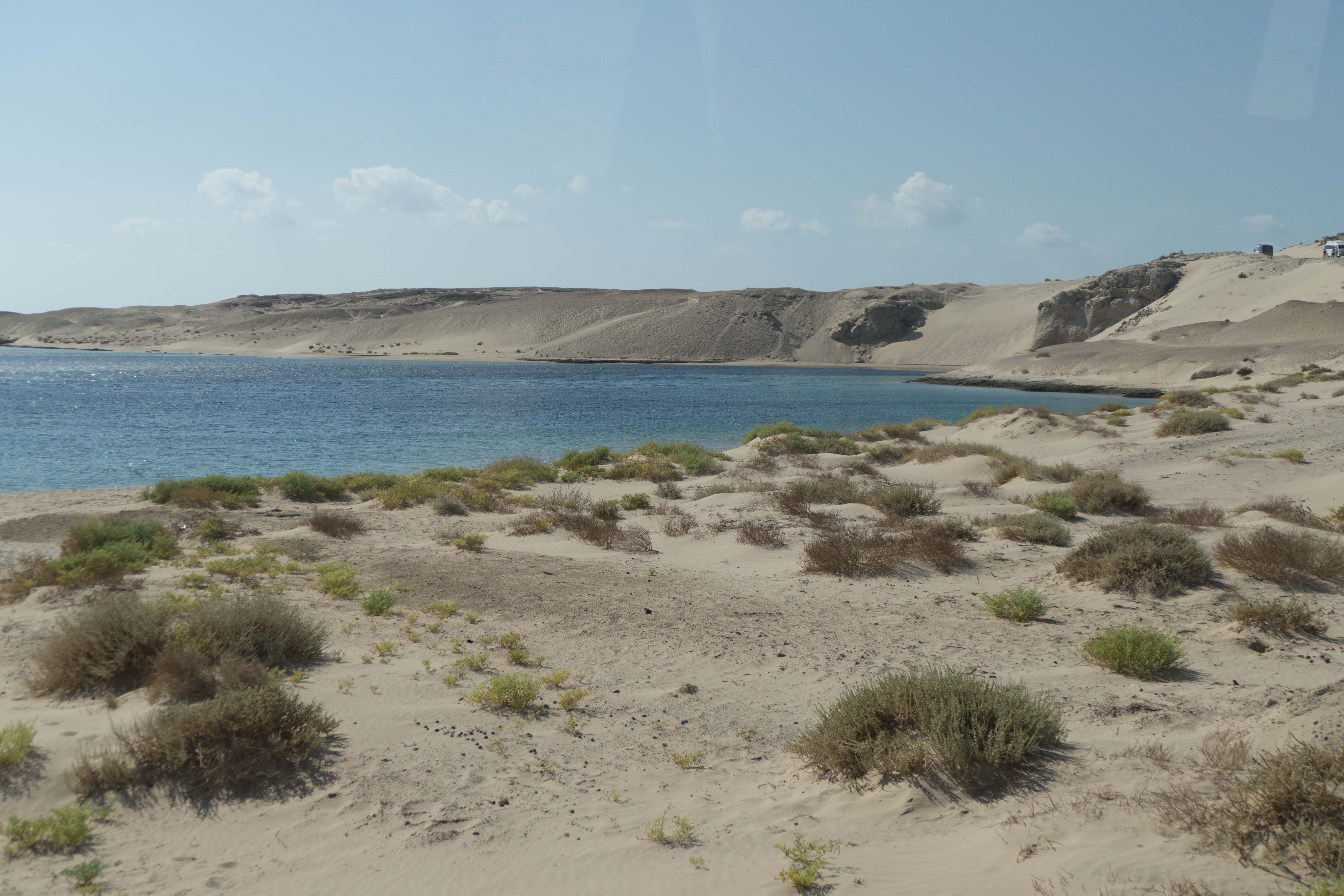
A whole day event took place in Ras Mohammed National Park, where the International Union for Conservation of Nature (IUCN) has admitted 15 new natural sites to the IUCN Green List of Protected and Conserved Areas – the first global standard recognising best practice in protected areas. The IUCN Green List also helps measure and accelerate progress towards Aichi Target 11, a UN biodiversity target which aims for 17% of terrestrial and 10% of marine areas to be protected, effectively conserved and fairly managed by 2020. While the world is on track to meet the coverage aspect of Target 11, the ‘effectiveness’ aspect is still far from being reached.
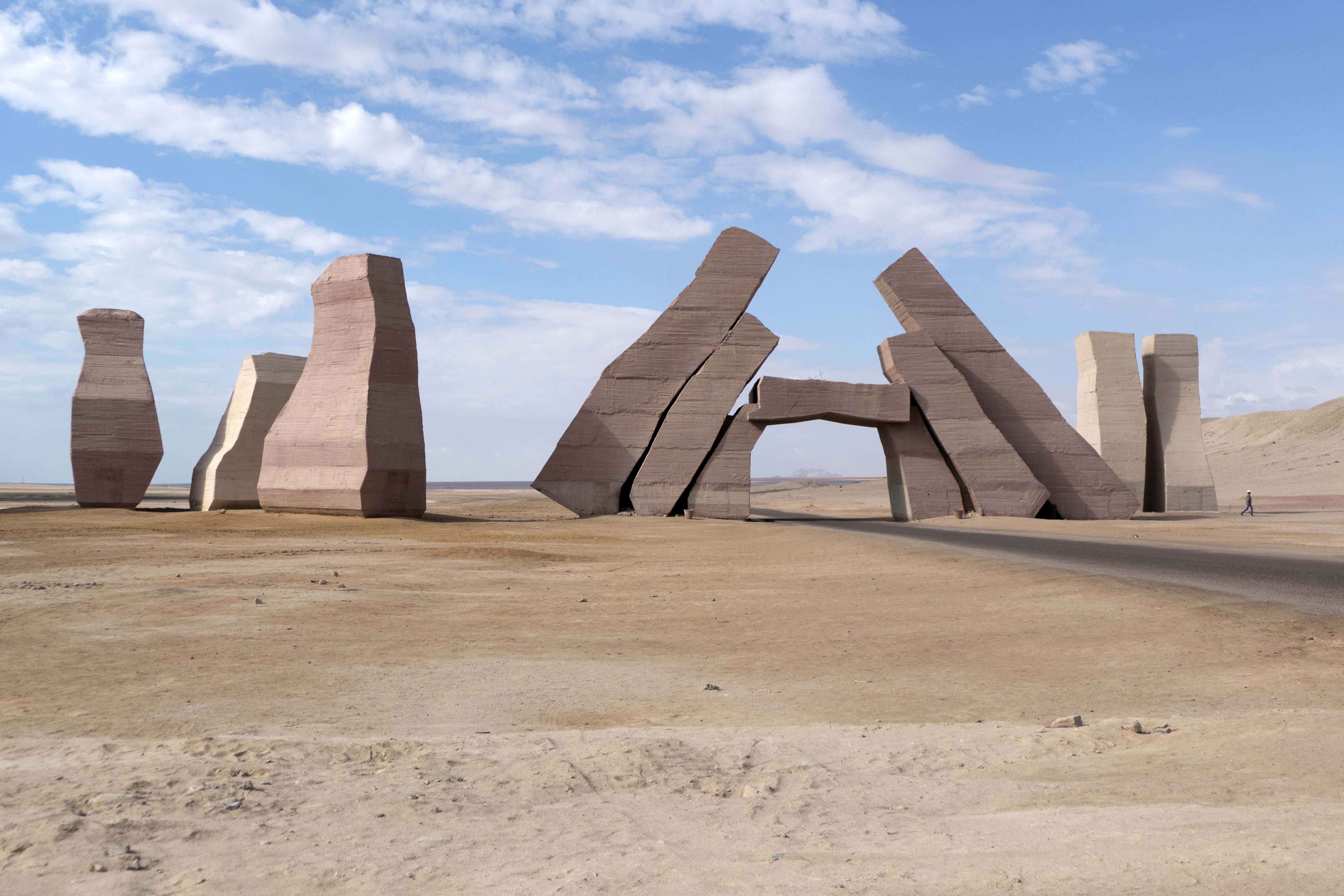
Two of the newly added sites are located in Egypt, including Ras Mohammed National Park, a marine site near Sharm El-Sheikh where, thanks to effective conservation, some reefs boast a 90% coverage of live corals, compared to 30-40% on average for non-protected reefs in the Red Sea (see press release of IUCN).
Now, it has to be seen when the environmental ministers of the world meet again in 2020 at COP15 in Bejing, China, whether the important Aichi target 11 of a complete and well-managed global protected area network will be reached. The tourism business, most interested in national parks, should increase their support helping to establish new parks and improving others. Linking Tourism & Conservation will continue to profile such cases as LT&C-Examples and will encourage others to learn from these leading examples.
